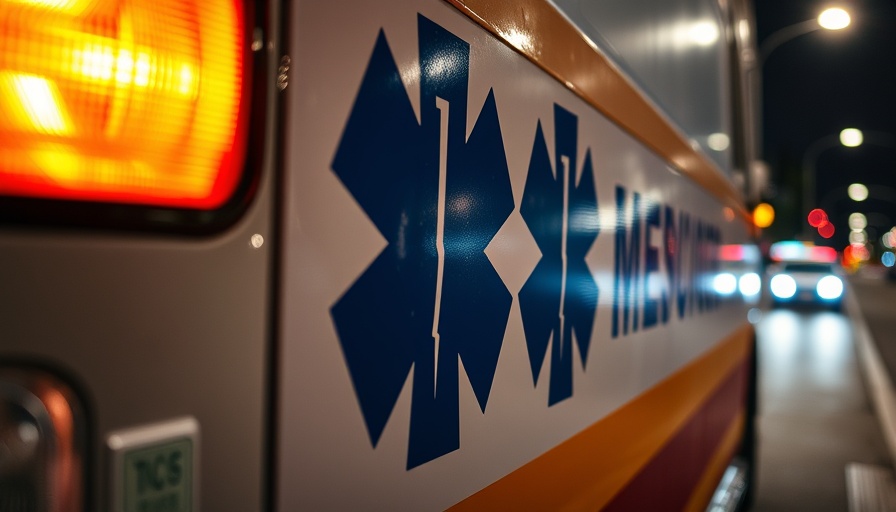
A Tragic Incident in Loyalsock Creek
The search for a missing kayaker in Loyalsock Creek, Pennsylvania, reached a sorrowful conclusion when authorities recovered the man’s body late Monday afternoon. The recovery effort began shortly after the kayaker, whose identity has not yet been publicly released, went missing on Saturday morning after his kayak overturned in the creek. The body was discovered by a Williamsport firefighter just a short distance downstream from where the kayak capsized, highlighting the dangers associated with many seemingly peaceful waterways.
The Recovery Efforts and Community Response
As the news of the recovery broke, community members expressed their condolences and reflections on the incident. Jeff Hutchins, chief of Montoursville’s Willing Hand Hose Co., indicated that the Harrisburg River Rescue played an integral role in the recovery operation, which resumed late Monday. “These tragedies affect us all, and our thoughts and prayers are with the family during this very difficult time,” Hutchins shared with local media.
Understanding Water Safety Risks
This incident underscores the importance of water safety awareness in Pennsylvania’s outdoor recreational activities. According to the Pennsylvania Fish and Boat Commission, which oversees many waterways across the state, a significant number of kayak-related incidents occur annually, often due to a lack of preparation or understanding of water conditions. As temperatures rise, more individuals venture out onto rivers and lakes, making it crucial for both seasoned and novice kayakers to prioritize safety measures.
The Broader Context of Kayaking Incidents
Kayaking, while a popular summer pastime, comes with inherent risks that can be exacerbated by various factors such as weather conditions, the intensity of the water, or even equipment failure. Statistics reveal that, nationwide, several hundred kayaking accidents are reported every year, with drownings being a significant outcome. Understanding these risks can help prevent future tragedies. Local awareness campaigns and safety workshops might be effective in educating the community about best practices when kayaking.
Local Impact and Future Prevention Efforts
In light of recent events, local officials are likely to reassess safety regulations surrounding recreational activities on water. Some may suggest implementing mandatory safety training prior to launching kayaks or requiring life jackets for all participants, regardless of skill level. The community’s involvement in these discussions will be vital to shaping future safety protocols to reduce incidents like this one.
Final Thoughts
As the community mourns the loss of a loved one, it serves as a sober reminder of the unpredictability of nature and the critical need for vigilance in outdoor recreation. The recovery of the kayaker’s body not only brings closure to a family but also opens the floor for important conversations on how safety can always come first during summer adventures.
 Add Row
Add Row  Add
Add 




 Add Row
Add Row  Add
Add 

Write A Comment